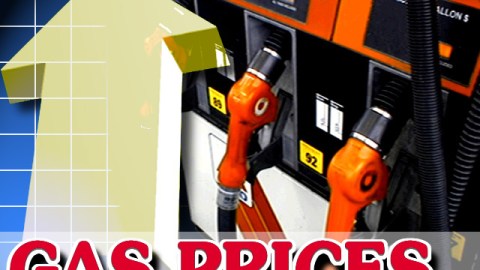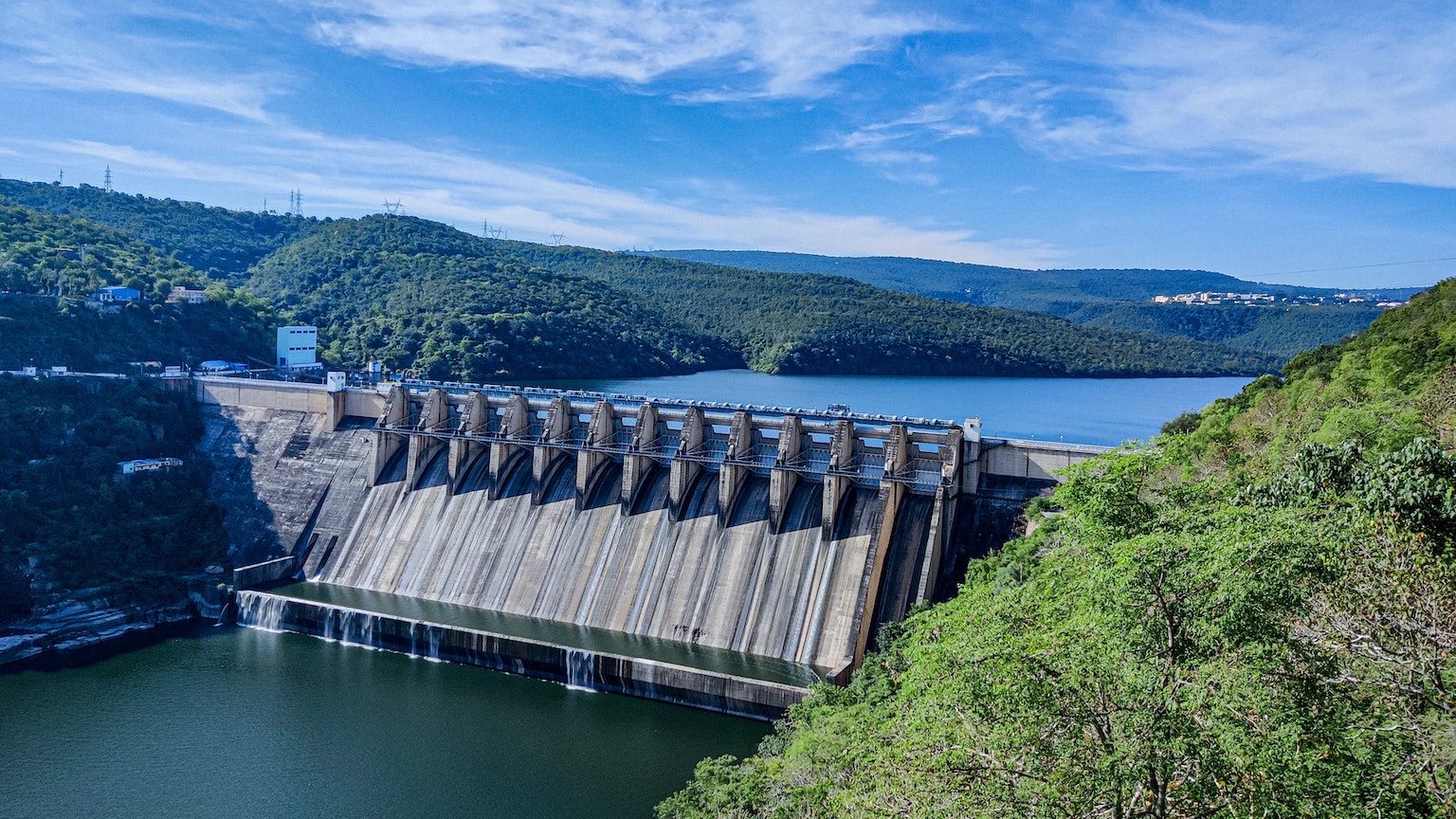The Energy Challenge: Upstate New Yorker Says “I have to Drive to Survive.”

Earlier today, I posted about the opportunity that rising gas prices and Holiday travel affords to engage Americans on energy choices and policies. The problem, as I wrote, is that we lack the regional and local communication infrastructure to anticipate and respond to such an opportunity.
I’m now back at my family home in Buffalo, NY for Thanksgiving and bumped into this front page story at the Buffalo News about the concerns WNYers are facing this season as gas prices rise. According to the article, since mid-October, gasoline prices have increased about 25 cents a gallon nationally and 37 cents a gallon along the East Coast. Taxes have left local residents’ wallets even lighter, with prices in Western New York more than 20 cents higher than the national average.
Consider from the end of the article, the thoughts of the local residents interviewed for the story, and notice the deep relevance of driving and gas prices to their daily lives. Also notice that the article does not provide any direct background or context on how these problems might be addressed via policy or behavior changes.
Radu Constantine, a West Side native, misses having a way to adapt to changing gasoline prices. Since moving to Hamburg, he has little choice but to pay more to fill his sport utility vehicle.
“You have to adapt your behavior,” Constantine said. “When I was in the city, whenever I didn’t have to drive somewhere I would ride my bike. If I could do that more, I would.”
The increased prices, and the relation of the global economy to those prices, didn’t surprise Padraic Walsh. The 33-year-old Allentown resident fueled up his Smart car Monday at an Elmwood Avenue Sunoco station, where regular gasoline sold for $3.06 per gallon.
Walsh, a real estate agent, moved to Buffalo from Ireland, where he recently visited his parents. He said he was struck by the mileage he got by using diesel fuel in Ireland versus the U.S.
“I was trying to figure it out,” Walsh said of the 90-mile drive from the Irish airport to his home. “I drive 90 miles here, and I’m down a quarter tank. I drove 90 miles [in Ireland] and that pin didn’t even budge.”
Walsh said he wouldn’t mind the higher gas prices if American cars were more fuel-efficient.
“Now, I’ll pay $3 for a gallon of gas if it will let me get 800 miles per tank. That’s three weeks,” he said. “There’s fuel-efficient cars out there; they’re just not here.”
Dale Rugg, co-owner of the Hewitt International Auto repair shop at Parkside and Hertel avenues, said current prices make him glad he got out of the gas business in April. At the time, he was pumping 700 gallons of gas per day, compared with 1,000 gallons per day two to three years ago.
Rugg said he could recall two other independent gas stations in the city that have closed in the past year. Higher prices, he said, only increase competition for area suppliers.
“I don’t miss not having gas because every time the price would change, they’d complain to me and it’s like, ‘I just buy it from someplace else.’ I hate paying for it like everybody else.”
Rugg said he’s perplexed that consumer ire over gas prices isn’t what it was at the start of the recession.
“Nobody’s in an uproar,” he said. “Now they’re just accepting it. I just find it so interesting that nobody is [complaining]. Fifteen cents a gallon in two to three weeks?”
One consumer watching the pump with a wary eye is Carol Horton, 67, of West Seneca. Horton, who filled up Monday at a Seneca Street station, said the increase is especially costly for senior citizens living on a fixed income.
Horton said she planned to make the drive to her daughter’s home in the Town of Boston (New York) this Thanksgiving, albeit reluctantly.
“I have to,” she said. “You have to drive to survive.”
See Also:
Holiday Gas Prices: Rapid Communication Response Needed about Energy Choices
A Post-Partisan Plan to Engage the Public on Climate Change





